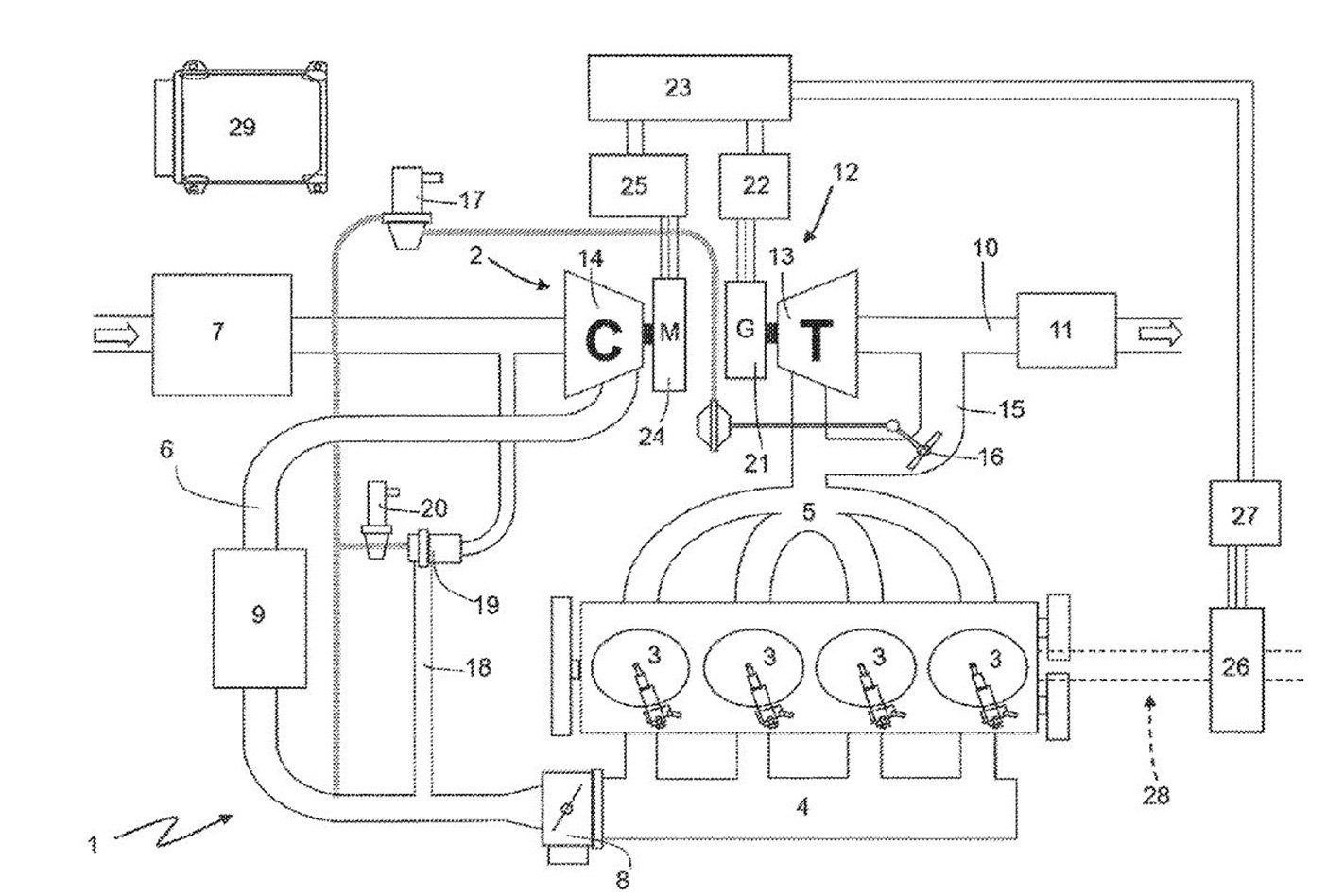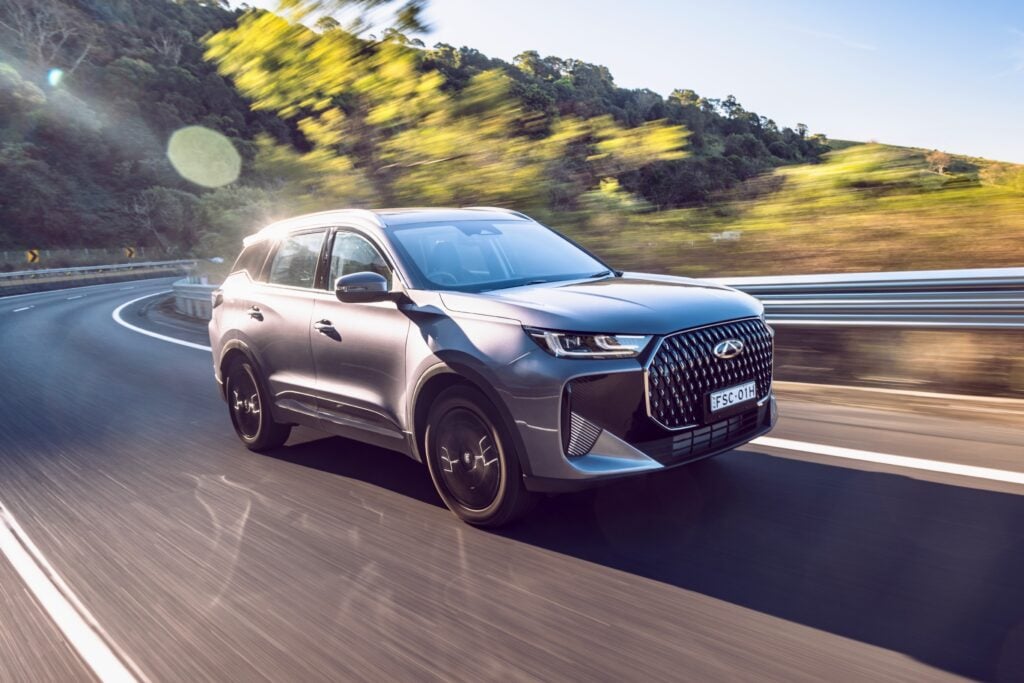ELECTRIFICATION is unlocking previously unheard-of levels of performance, but Ferrari is aiming to take electron-enhanced hardware to new heights with an electric turbo that’s like nothing else we’ve seen before.
Ferrari’s system seems, in short, fairly genius. The patent application for a “Method to control an electrically-operated turbocharger in a supercharged internal combustion engine” is as dry as you’d imagine, but picking apart the patent’s description of the device reveals some fairly game-changing stuff.

Ever since their invention, turbochargers have adhered to a basic formula. A compressor wheel on one side (the cold side) stuffs fresh air into the engine, driven by a turbine on the other end (the hot side) that’s spun by the rush of exhaust gas exiting the cylinders. A shaft linking it solidly to the compressor passes through a central housing. If the turbine is spinning at 10,000rpm, then the compressor is too.
Ferrari has used electric turbocharging in Formula 1 for years now, but that tech sandwiches an electric motor between the turbine and compressor housings – the turbine and impeller remain mechanically linked. This patent shows something quite different. The compressor is physically divorced from the turbine, and is instead powered by an electric motor – much like the electric superchargers in the Bentley Bentayga, Audi SQ7 and AMG CLS53. The turbine remains bolted to the exhaust manifold, but it now drives a generator that sends charge to a battery, which can either store the energy recouped by the turbine or send it to the compressor’s motor to create boost. Make sense so far?
The beauty of Ferrari’s system is that it results in a turbocharger setup that behaves like no other turbo. Even if there’s not enough exhaust gas flow to spool up the turbine – like at low engine speeds – the stored energy in the battery can be sent to the compressor to spin it up and start producing boost pressure, without having to also spin the turbine as well. Turbo lag would be a thing of the past.
And the ability to store energy from the spinning turbine when boost isn’t needed is a genuine innovation, as are the packaging possibilities unlocked by the clever arrangement. While the turbine still needs to remain as close as possible to the exhaust ports, the compressor unit can be placed anywhere in the engine bay. Inlet plumbing can thus be shortened as air no longer needs to go down into the bowels of the engine bay to be compressed, resulting in a further improvement in throttle response, not to mention reduced weight.
Another important supercar consideration concerns the crucial emotional role of sound. The patent goes out of its way to describe methods for improving the engine’s exhaust note – a commonly-cited criticism of high-performance turbo engines – by diverting more exhaust through the wastegate under certain conditions or varying the speed of the turbine to either manipulate the tone or volume (or both) of the engine’s report.
The patent also reveals that the electrical energy recovered by the turbine’s generator during light-throttle cruising would be greater than that consumed by the turbocharger’s motor, meaning energy that would normally be wasted by a conventional turbo can instead be used to top-up the battery without putting any additional load on the engine. That energy can also be directed to a drive motor connected to the transmission, indicating the system will likely be rolled out on a petrol-electric model first. Expect stellar fuel economy figures.
While some corners of the internet noted the presence of just four cylinders in the patent imagery as evidence that Ferrari is planning a four-pot performance car, that’s not likely to be the case. It’s more plausible that the four-cylinder head shown is merely indicative (and could even just represent half of the intended engine). Indeed there’s no mention of exactly what kind of vehicle this technology is intended for, but it’s clear that Ferrari isn’t planning on following the crowd as it prepares for a more turbo-heavy and electrified future.





